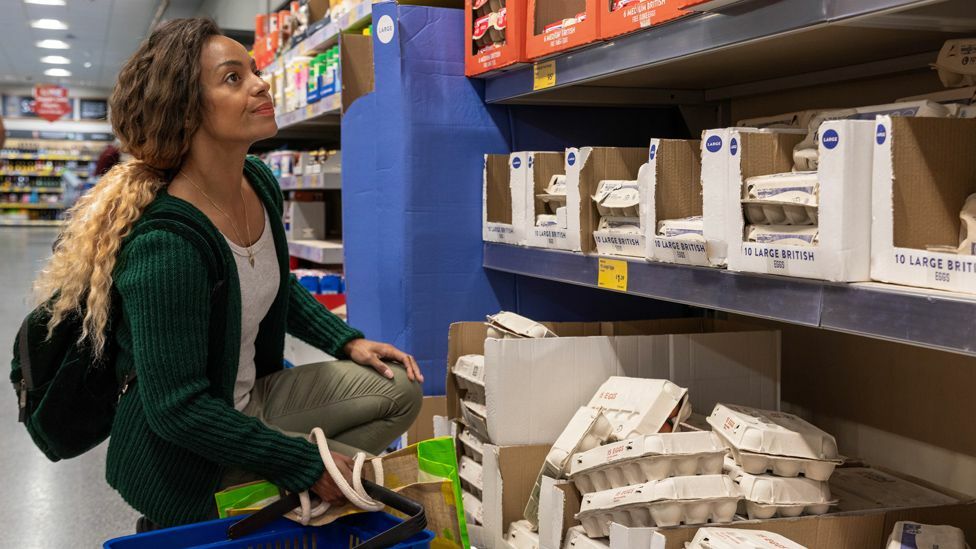Pandemic shifts UK grocery habits: fewer visits, own-label surge, loyalty focus

The pandemic has caused a significant shift in grocery shopping habits in the UK, as data from analyst firm Kantar reveals. Consumers now visit supermarkets less frequently, spend more on own-label products, and increasingly rely on loyalty schemes for discounts. The ongoing cost-of-living crisis has contributed to these changes, with food prices reaching their highest levels in 45 years.
Kantar’s data shows that before the pandemic, the average household visited a grocery store 18 times a month, which has now dropped to around 16 times a month. Fraser McKevitt, head of retail and consumer insight at Kantar, attributes this change to more people working from home and having fewer opportunities to shop. Paul Dhaliwal, group sales director at Iceland, confirms that customers are returning to larger, less frequent shops in-store.
Online grocery spending has also experienced fluctuations, peaking at 15.4% in February 2021 and settling at 11.7% today. This decline is due to older individuals who adopted online shopping during lockdown returning to in-person shopping. However, online shopping still remains more popular than before the pandemic, when it accounted for around 8% of grocery spending.
Own-label products have seen a rise in popularity, with their share of grocery sales increasing from 45% in 2005 to 51% by the end of 2022. This trend is driven by consumers seeking cheaper alternatives as food prices soar, as well as supermarkets expanding their own-label ranges to differentiate themselves in a competitive market. Catherine Shuttleworth, founder of retail analysts Savvy Marketing, suggests that this trend may persist as shoppers who try own-label brands may continue to purchase them.
Discount retailers Aldi and Lidl have also experienced substantial growth, with sales increasing more than 23% year on year in the 12 weeks to 14 May. This growth is more than double that of the UK’s top two supermarkets, Tesco and Sainsbury’s. The cost-of-living crisis has contributed to the discounters’ success, as customers seek savings. Adam Leyland, editor of The Grocer magazine, notes that Aldi and Lidl are increasingly becoming the main shop for consumers, with secondary shops elsewhere.
In-store deals have declined since 2014, with Kantar reporting that they accounted for 40% of all grocery spending then, compared to 25% today. Shoppers are turning to supermarket loyalty schemes for discounts instead. These schemes have evolved from offering points for experiences to providing in-store or personalised deals. Examples include Tesco’s Clubcard Prices scheme, Morrisons More, and Lidl Plus. While these schemes collect valuable data for retailers, Leyland argues that they do not necessarily improve loyalty, as most shoppers will be members of multiple schemes.
Latest Thailand News
Follow The Thaiger on Google News:


























